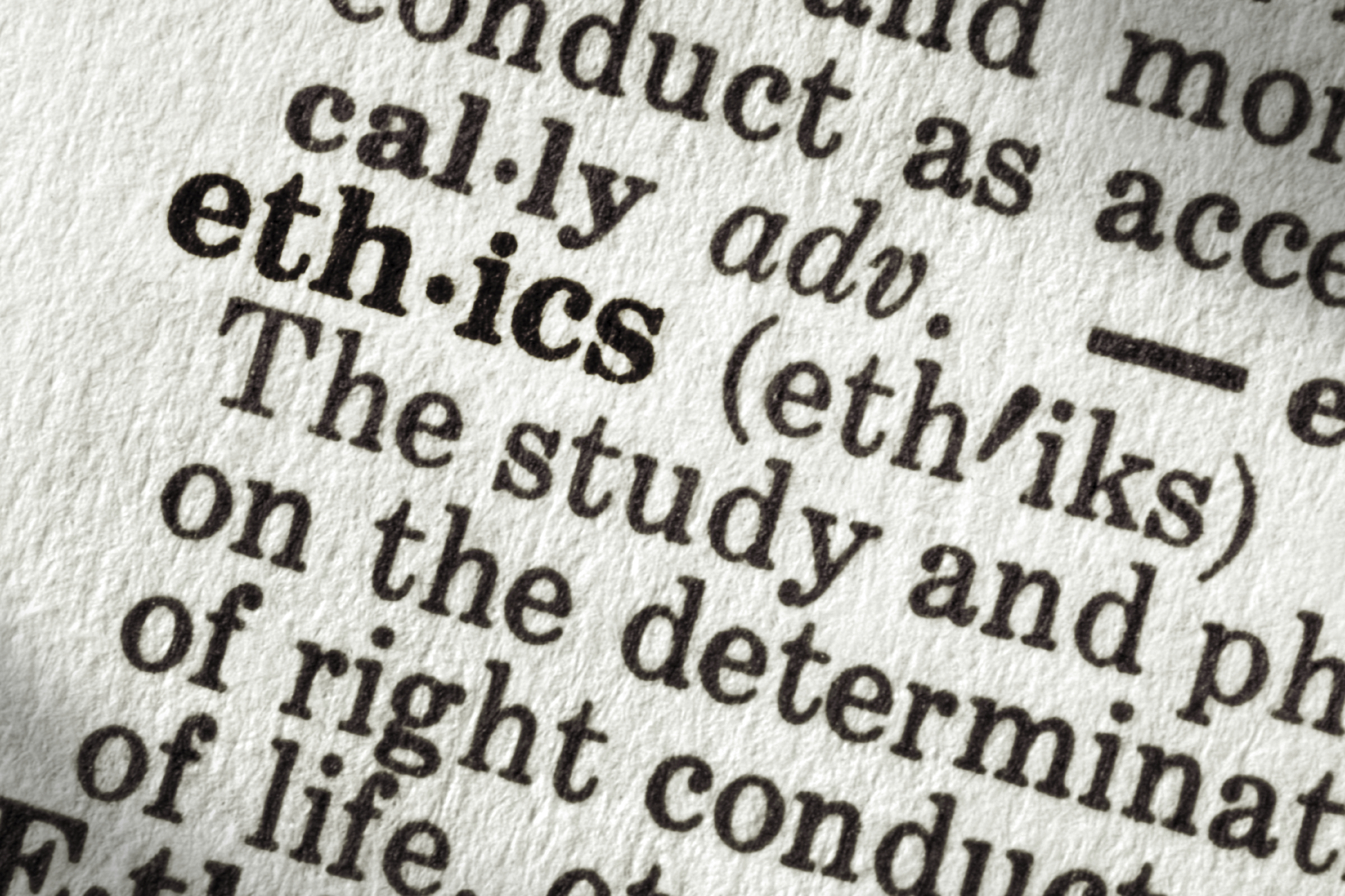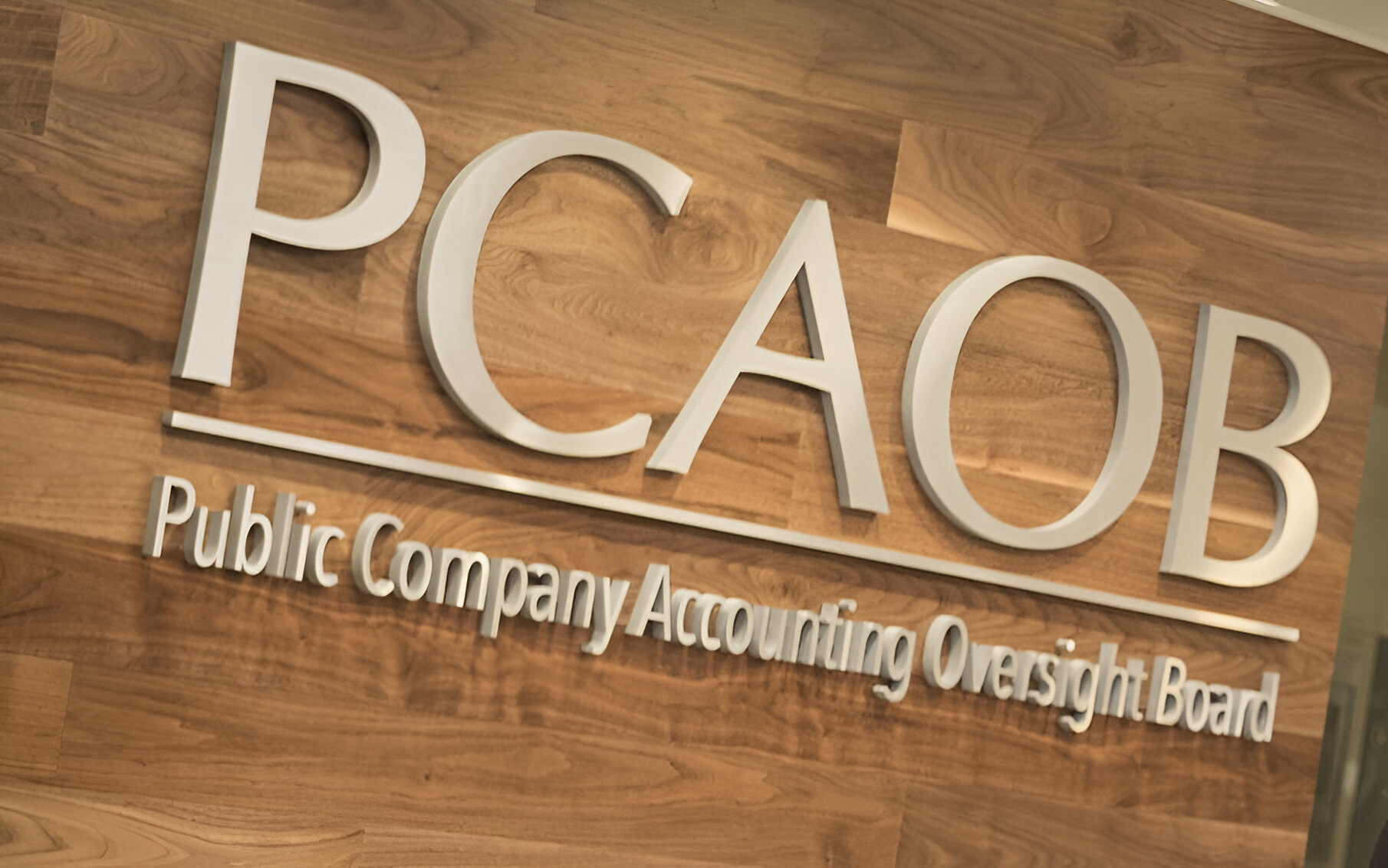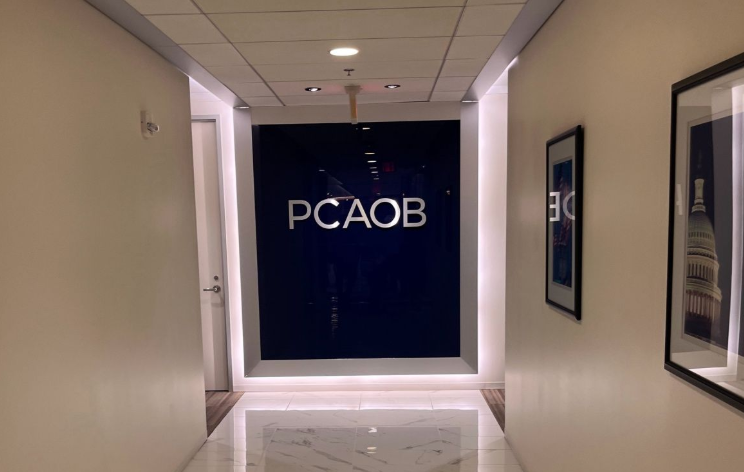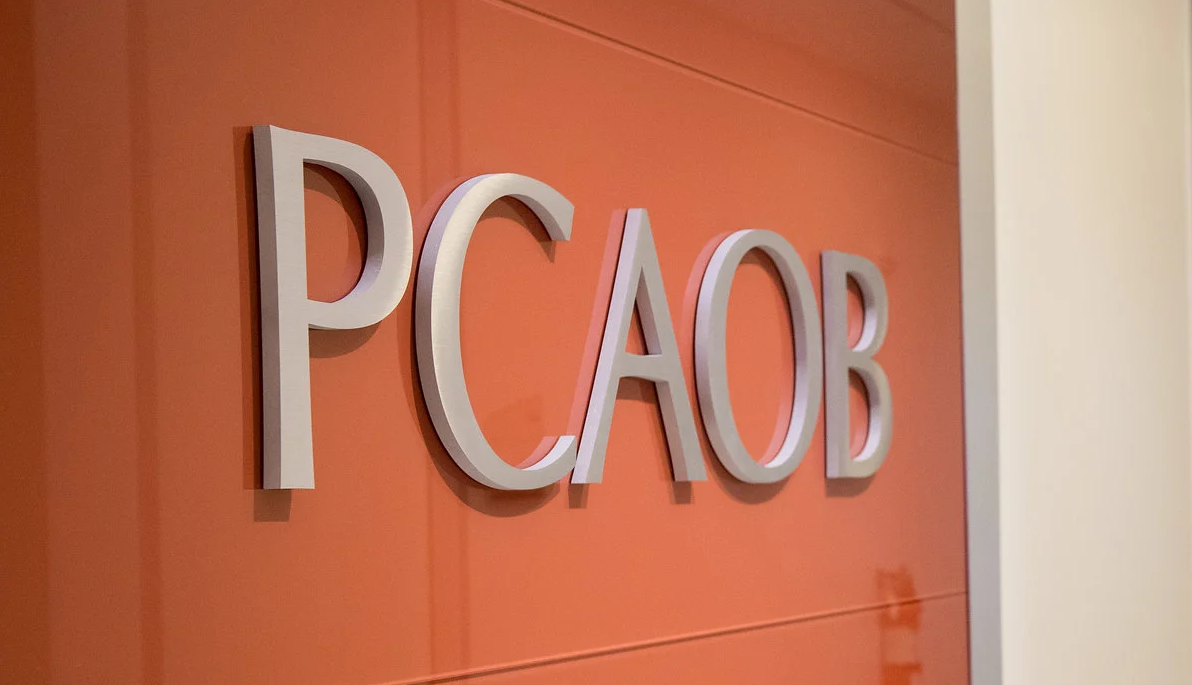With the perennial issue of regulatory reform gaining renewed impetus from the Trump administration, some new research suggests a potential target that bears a highly distinguished pedigree. The target: a mandate spelling out the basic composition of that warden of corporate financial probity, the board audit committee.
The regulation had its birth in a landmark 1998 speech by the SEC’s longest-serving chairman, Arthur Levitt, in which he trained his sights on the problem of manipulative earnings management and called for the empowerment of the audit committee “as the ultimate guardian of investor interests and corporate accountability.” About 15 months later, in December 1999, the SEC required ACs to comprise no fewer than three members and to consist exclusively of directors having “no relationship to the company that may interfere with the exercise of their independence from management and the company.”
Now a study in the American Accounting Association journal The Accounting Review assesses the 18-year-old SEC rule (which was largely integrated into the Sarbanes-Oxley Act of 2002), and questions whether investors have benefited from it at all.
The paper’s authors, Seil Kim of Baruch College of the City University of New York and April Klein of New York University, look back to the years when the regulation was introduced and find that not only did the market discount it but that subsequent events proved the market right.
Before the adoption of the regulation, there was no mandate on audit-committee size; independence was required of only a committee majority; and no definition of independence was provided, giving companies considerable leeway in how they met the requirement. The new mandate represented a marked change.
Yet, in the words of the study, “the market placed no premium on firms being forced to move to compliance…Overall, our findings are consistent with the view that mandating a fully independent audit committee with at least three outside directors is not, on average, value enhancing…Assess[ing] changes in financial reporting quality…we find no evidence that [the rule] produced tangible benefits to shareholders.”
The market did see the regulation as imposing some costs, and, given its lack of benefits, the professors believe that a simple enhanced disclosure requirement on audit committee composition would be more beneficial than requiring a strict compliance to the current independence standards. This new disclosure would go beyond current requirements to disclose whether the committee has a financial expert and whether members serve on ACs of more than three companies.
The authors see a parallel between their findings and those of accounting scholars who have revealed a lack of benefit from other regulations – for example, strictures by the federal Public Company Accounting Oversight Board against auditor-provided tax services. In this regard, they pointedly note the existence of a 2011 Presidential executive order that “all U.S. agencies, including the SEC, are required to perform periodically a ‘retrospective [cost-benefit] analysis of existing statutes’ with an eye toward modifying, expanding or repealing them.”
Comments Prof Kim: “It certainly wouldn’t hurt to see more activity on that score, as well as more analysis up front to assess the economic consequences of regulations that are under consideration.”
The new study’s findings are based on financial and governance information on 1,122 companies drawn from several large databases. The firms had an average market capitalization of $6.4 billion, which is substantially higher than the average for the general run of public corporations. Among those with less than fully independent audit committees prior to Chairman Levitt’s 1998 speech (that is, which were out of compliance with the subsequent regulation) the proportion of independent AC directors increased by 21.4% over the next four years, compared to a slight fall among the in-compliance group. Firms with fewer than three audit-committee members in 1998 added an average of about 1.2 members, in contrast to virtually no change in committee size among other firms.
The researchers identify eight news events over the course of about 15 months that comprised the gestation period for the SEC regulation. Beginning with Chairman Levitt’s speech on September 28, 1998, these events include announcement of appointments to a blue ribbon committee to explore audit-committee reform options, release of the panel’s recommendations, and, finally, SEC approval of the new regulation on December 14, 1999. To gauge the impact of the forthcoming regulation on the market, they obtain a measure of the market-adjusted returns for company shares over the two day enveloping each of the events (the event date and day after) and calculate the aggregate effect of them all.
If investors judged the reform to be of value to them, there should have been an extra share-price return among firms that the regulation would force to upgrade their audit committees, either because not all their committee members met the new rule’s definition of independence or because their committees comprised fewer than three directors or both. This effect should have been particularly true for those out-of-compliance firms with histories of subpar accounting quality, since investors might have anticipated that the regulation would spur improvement. Yet, in extensive efforts to find evidence for such effects, the researchers find none that are statistically significant.
On the possibility that the market underestimated the potential of the new regulation, the professors investigate whether it enhanced accounting performance among previously out-of-compliance firms in the two years following its effective date. They gauged this through three telltale indicators – 1) number of corporate financial restatements, 2) instances of fraud, and 3) amount of manipulative earnings management. But again, despite a whole variety of tests, virtually no significant association between the new regulation and the prevalence of these problems comes to light.
Could that lack of significant improvement in accounting performance be due to lax enforcement of the mandate? To probe this, the professors test market response to key events in the enactment of Sarbanes-Oxley (SOX), the 2002 law that incorporated the 1999 SEC mandate. As they explain, “firms have less flexibility in violating SOX requirements, since violators would now be subject to both SEC enforcement actions and shareholder class action suits.” Yet, no significantly abnormal share returns were seen in firms whose audit committees were out of compliance prior to SOX.
Overall, Profs. Kim and Klein see their findings as countering an entrenchment theory of corporate governance that has gained traction in recent decades. As applied to audit committees, this theory, they write, “suggests that management seeks to insulate itself from oversight by maintaining smaller and/or less independent audit committees [unless] regulation forces non-compliant firms to move to a more optimal audit-committee structures.”
In contrast, the professors look upon their study’s results as consistent with a competing view – namely, that companies themselves are well-equipped to compose their audit committees “to maximize firm value. Under this view, firms trade off independence, knowledge, and time constraints… optimally creating committees that may not conform to the [SEC] regulation.”
In conclusion, the professors reiterate their message to regulators: “The SEC (and the U.S. Congress through SOX) may wish to re-evaluate its economic rationale behind mandating all firms to adopt fully independent /three-person audit committees.”
The study, entitled “Did the 1999 NYSE and NASDAQ Listing Standard Changes on Audit Committee Composition Benefit Investors?” is in the November issue of The Accounting Review, published six times yearly by the American Accounting Association, a worldwide organization devoted to excellence in accounting education, research, and practice. Other journals published by the AAA and its specialty sections include Auditing: A Journal of Practice and Theory, Accounting Horizons, Issues in Accounting Education, Behavioral Research in Accounting, Journal of Management Accounting Research, Journal of Information Systems, Journal of Financial Reporting, The Journal of the American Taxation Association, and Journal of Forensic Accounting Research.
Thanks for reading CPA Practice Advisor!
Subscribe Already registered? Log In
Need more information? Read the FAQs




